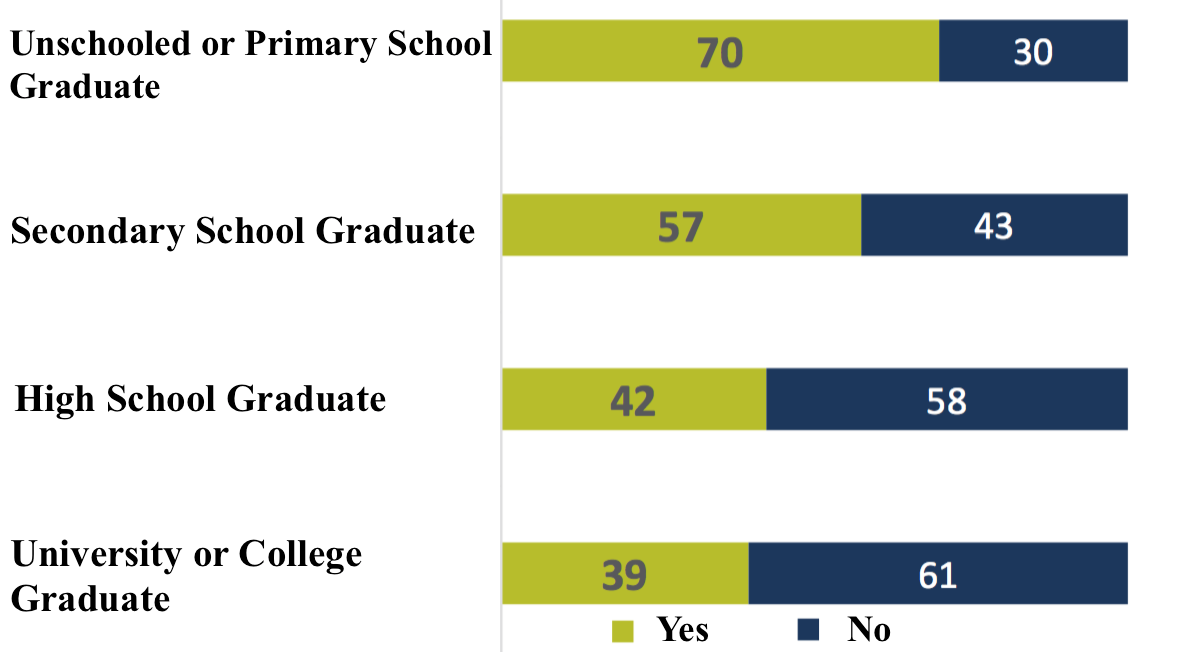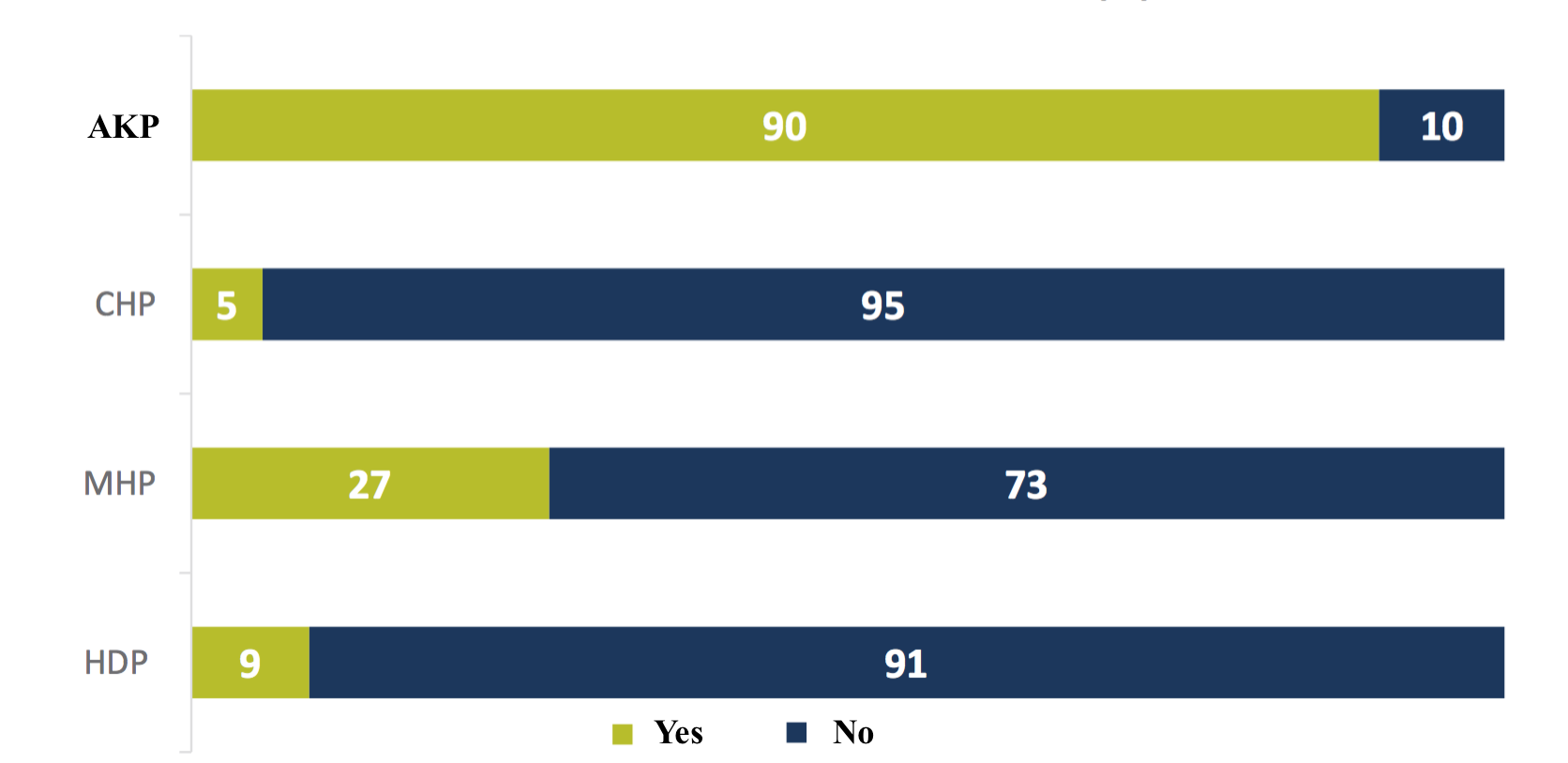Profile of electorate of Sunday’s referendum

A recent survey by the international research company IPSOS lays clear the differences between the opponents and the proponents the Constitutional referendum held on April 16 in Turkey. The results indicate that the higher the education level, the more likely the electorate is to oppose the constitutional changes. More than 70% of the voters of National Movement Party (MHP), which officially supported the presidential system, voted against the referendum.
Turkish voters went to polling stations on Sunday to either support or reject government-backed constitutional changes that would convert the country's governance system into a presidential republic and therefore increase presidential powers.
The recent survey by the international IPSOS, a France-based global market research and consulting firm, gives in depth information about those who rejected the Constitutional amendment on the presidential system and those who approved it.
The survey was conducted the day following the referendum with 1501 participants in 81 provinces of Turkey with a confidence interval of 95%. The striking facts about the profile of the electorate are as following:
While 16% of those who voted ‘no’ are unschooled or primary school graduates, among those who voted ‘yes’ this rate is 36%. In accordance with this, among ‘no’ voters, the rate of high school and university/college graduates are 40% and 30%, respectively; while the corresponding rates are 28% and 18% among ‘yes’ voters. The higher the education level, the more likely the electorate is to oppose the presidential system.
Referendum vote and education level

In terms of employment status, there are significant differences within housewives and the unemployed. While 65% of housewives voted ‘yes’ for the referendum, this rate reduces to 42% among the unemployed. There are no significant differences among other status of employment.
In terms of residential area, 62% of electorate living in rural areas voted ‘yes’ for the referendum, while in urban areas there is no significant difference among the opponents and proponents.
The analysis of the profile of the electorate based on their last electoral choice in the last legislative elections held in November 2015, points to remarkable facts. One out of every ten supporters of the ruling Justice and Development Party (AKP) voted against the Constitutional amendment on Sunday. More than 70% of the voters of National Movement Party (MHP), which officially supported the presidential system, voted against the referendum. It is worthy to note that 9% of the pro-Kurdish People’s Democratic Party (HDP) and 5% of the social democrat People’s Republican Party (CHP) voted ‘yes’ for the referendum.
Referendum vote and political party choice




